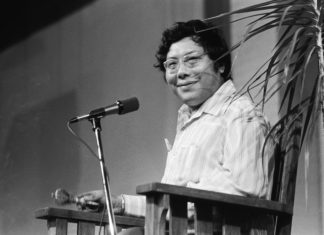Excerpted from an interview with Don Winchell in February, 2003
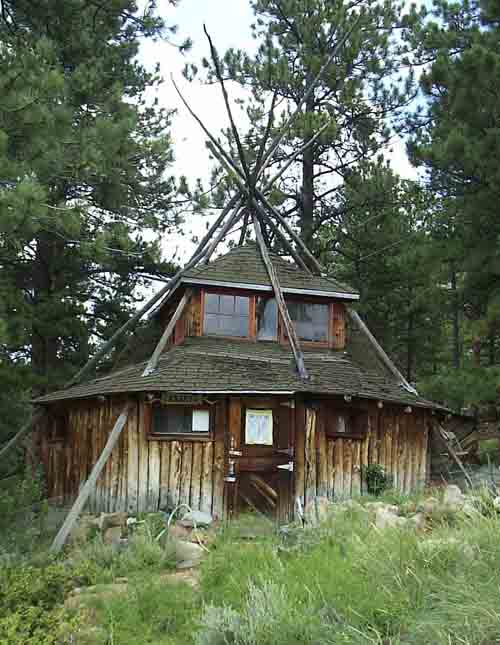
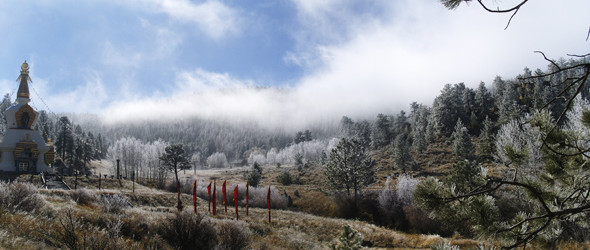 Shambhala Mountain Center
Shambhala Mountain Center
(photo borrowed from the SMC site)
“I saw it [SMC] first from the back, and the only thing we could see was lots of wild horses. Nothing was civilized at all, in terms of electricity or the establishment of human habitation of any kind. Nonetheless, I decided to take this place because it felt wholesome and good altogether. There was the point, which we now call Marpa Point, and there were the surroundings — nice areas — and everything seemed to be ideal, as if somebody had been waiting for that particular land to be occupied in some form or another. . . And I said, ‘Yes, let’s do it, let’s buy it.’ Prior to that, I had visited lots of other areas in order to buy land, but none of them seemed to be the best, or even good. So we settled on this. You could blame it on me, or you could praise me for it.” -Chögyam Trungpa Rinpoche; from How to Cultivate the Heart of Enlightenment seminar, RMDC 8/30/1980
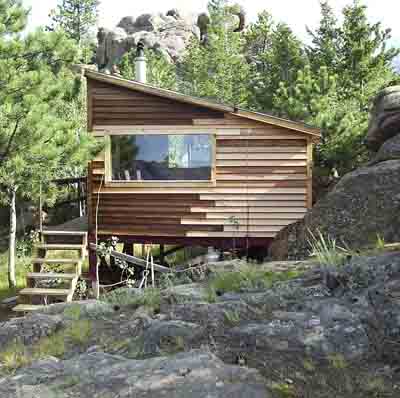
Dharmakaya; remodeled in 2003.
(Lodro Dorje and Judy Lief built Dharmakaya and/or Sambhogakaya in the early 1970s)
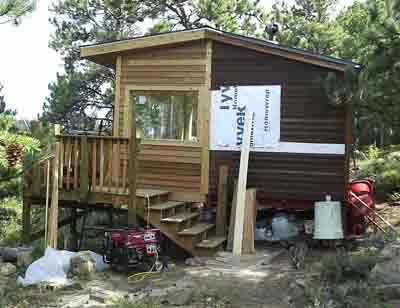
Sambhogakaya; remodeled to twice its original size in the early 2000s
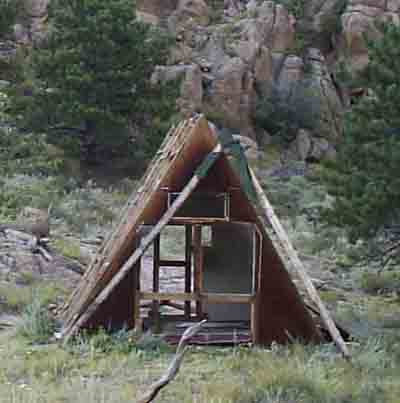
Nirmanakaya;(Built by Tom Ryken, Paul Susnis, and Tony Matthews)
After being evicted from their farm in Boulder, the Pygmies started talking about going their separate ways and there was a real possibility that they might split up. Rinpoche asked them to stay together and said that he would find a place for them to live. The first place he found was in southern Colorado. Someone who was interested in becoming a student of Rinpoche’s offered the Pygmies a place to live in the San Luis Valley. However, this situation was short-lived; conflicts arose, and the Pygmies were asked to leave, which is another story. Meanwhile, Rinpoche and the community were looking for land for a dharma center and Rinpoche wanted this little band of hippies to live there and settle it. By September 1971, the land that would eventually become Shambhala Mountain Center had been found and negotiations were underway for its purchase. Here is a first hand account by former Pygmy, Don Winchell, of the events leading up to the purchase of the land and the rough and ready early days at the land of many names. Needless to say, memories about events that took place so long ago will vary. If you remember it differently, no problem; send your version to the Chronicles. All accounts are most welcome.
At the time of this interview in 2003, there were sixty buildings on Shambhala Mountain Center land. When the first settlers arrived in the fall of 1971, there was just an empty mountain valley. Faced with the imminent arrival of winter, the Pygmies started to build and very quickly, during the first few years, makeshift cabins, a-frames, yurts, and domes sprung up higgledy-piggledy over the land. Amazingly, most of these structures were still standing in 2003. However, in the past decade, most of them have been removed. The photographs below (taken in August 2004) represent all of the original dwellings that were still standing at that time. Most were built by the Pygmies, some were built by other early students.
Over the past twenty years, Shambhala Mountain Center has been developed into a thriving program and practice center. Its crown jewel: The Great Stupa of Dharmakaya, the truly beautiful and mind-boggling monument to the life and teachings of Chögyam Trungpa Rinpoche. It also boasts several elegant and modern buildings that are enjoyed by thousands of program participants each year. Please visit ShambhalaMountain.com for more information.
Don Winchell was one of Rinpoche’s original students in Boulder. He served for many years as an officer in the Dorje Kasung. He currently lives in Nova Scotia.
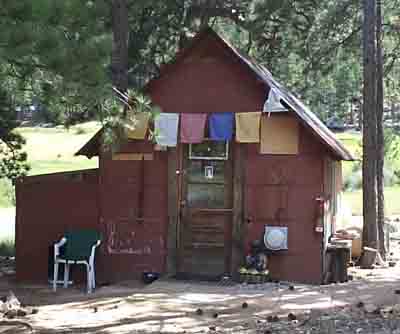
Chime
(built by Chime Heller)
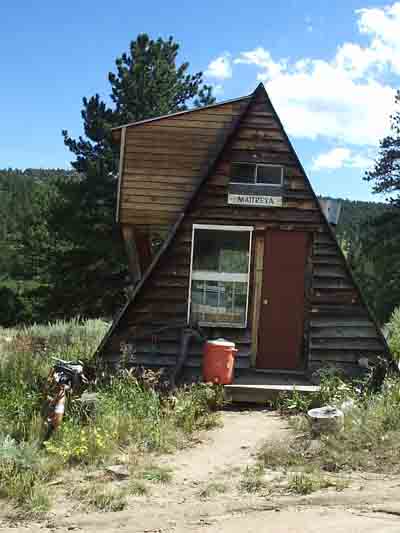
Maitreya
(built by Peter & Donna Hull)
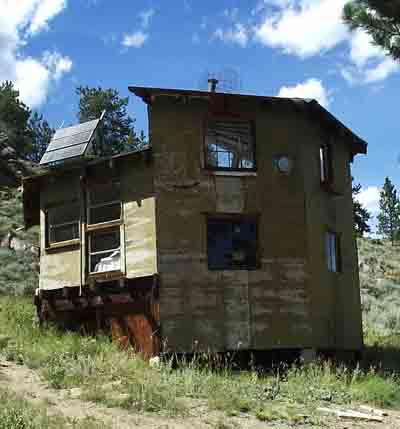
Virya
(Built by David Darwent)
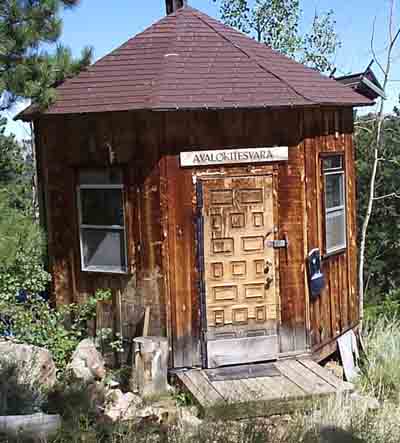
Avalokiteshvara
(Built by Tom & June Crow)
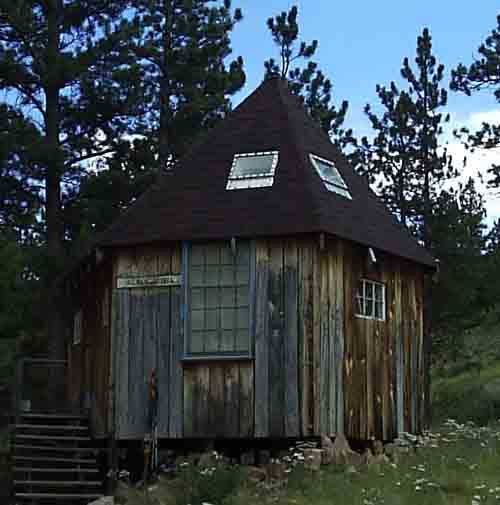
Akashagarbha
(Built by Gail Bernstein & Roderick)
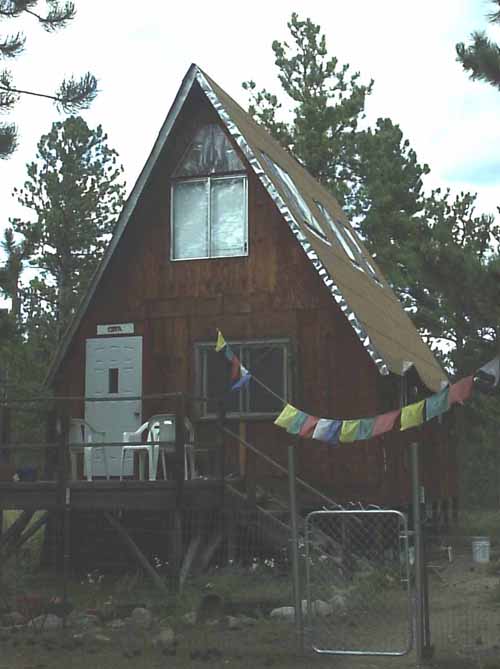
Gita
(Built by Brian Malone in 1971 and then purchased by Sandy Lemberg)
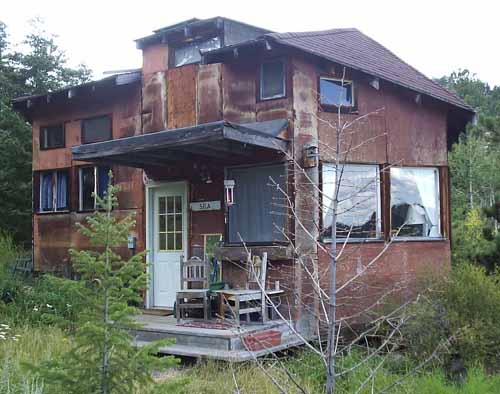
Sila
(Built by David Darwent in 1973)
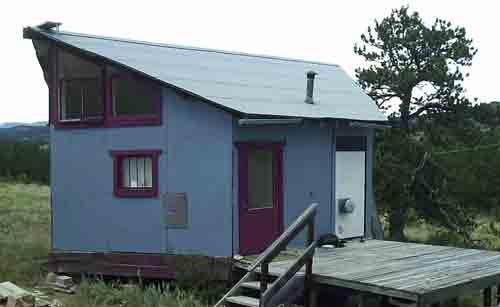
Vajrapani, home to Joshua Mulder.
(Jeff Cohen began building Vajrapani; Terry Mason (Zanto) worked further on it; finished by Richard Haspray & Irv White)
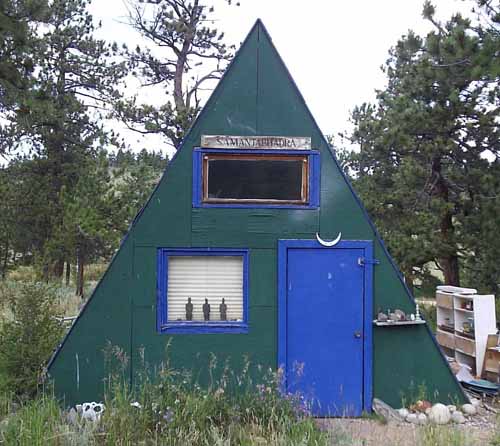
Samantabhadra
Jim Lowrey writes: “My brother Jack and I built Samantabhadra in October 1971, I believe. Jodi and our baby Ananda lived there with me the first winter.”

Ksanti, home to Greg Smith.
(Built by Paul Shippee in 1972)
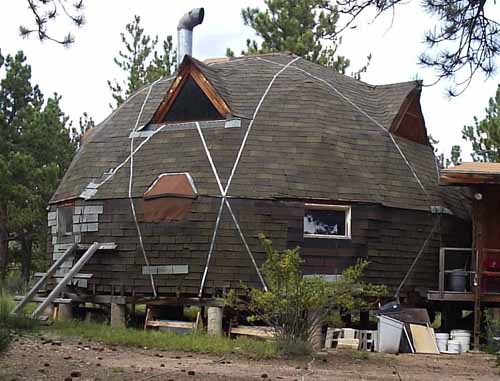
The Dome
(built by Don Winchell, known as Ragatara)
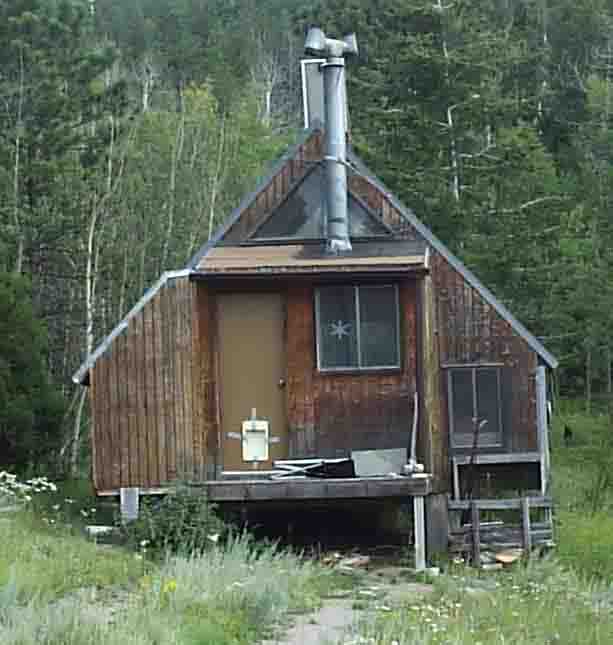
Pramadita
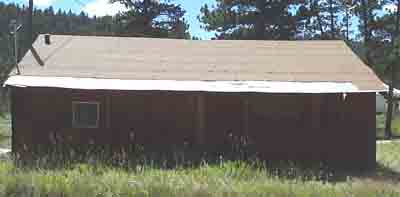
The Shed
(The original building on the land)
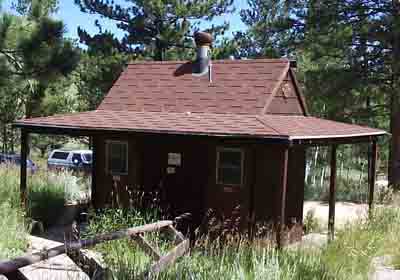
The four-in-one outhouse
known as the quadra-pooper
(built by Richard Haspray in 1975)
Don Winchell: Now from a historical perspective, you would be able to track it if you wanted to, because of course there was the purchase date of the land, which is easy to find. We went up to the Poudre Valley because we thought we were going to get the land. But it didn’t close when we thought it was going to close. We were just this band of hippies with two flatbed trucks. We loaded all our shit and went camping. You can camp for 14 days or something and then you have to move. We were camping in the Poudre Valley. It was September or something. Then the 14 days were up and we had to leave the Poudre Valley. So we went all the way down to the Boulder area. We were camping in Bear Valley, which was interesting because this guy had all this psilocybin and I remember we took the psilocybin and we did the Sadhana of Mahamudra. I’ll never forget that.
More about the Pygmies
Shambhala Mountain Center Forty Years Ago
Teaching Stories: You have no territory to defend
Anyway, we were camping there and it was getting cold, especially at that altitude. And then one day it snowed. We got really dumped on. All the tents were collapsing. There were all these women with children: Sarah had a kid, Joanne had a kid, Sherry probably had a kid. There were at least three or four women who had children at that point. So all the women and children went into Rinpoche’s house. He wasn’t there, he was at Karme Choling. They all went to Four Mile Canyon and camped out in his house. It was like, things were falling apart. We were running out of places to be and winter was coming.
That day, the day of the big snowstorm, is when it closed. I get a call from John Roper who said, “It’s done. We own it.” So we go back to the Poudre Valley (I think we had to camp out one or two nights before we actually took possession) and then comes the big day; we move to the land. We drive up there in the flatbed truck. We can’t go down because there’s too much snow. So we carry everything down from the flatbed. There’s nothing there, nothing. It’s just the fuckin’ Rocky Mountains. We roll huge snowballs you know, like you do to make a snowman to clear the ground so we can pitch our tents and our lean-to, this big tarp. I think Mary Ann Flood was there that first night too.
It’s getting to be dusk, and we hear this loud Jeep. This guy gets out of the Jeep, and we hear this [makes a sound like a gun] shooting noise. The guy says, “What are you doing down there I’m the sheriff.” We basically took cover. He’s there with someone from the boy scout camp next door. They’re yelling: “What are you doing there” We’re yelling back, and we can’t see them. They’re on a ridge. They’re up where the road comes in. It was just a trail at that time. We’re on the plateau. This was a different time. We’d heard stories about how some hippies were burned, their cabin was set on fire and they were burned to death. We’re scared!
They’re saying: “Get off this property!”
We’re saying: “We bought it on behalf of Karma Dzong!” — which sounded like jibberish to them.
Then we say: “We bought it from Don Pavel,” which is true … that’s the name of the previous owner. I think when the sheriff heard that name, it made him think … maybe we were the rightful owners.
What happened was, the boy scout guy had seen us and he called the sheriff. They fired this rifle to get our attention. The sheriff was a Colorado cowboy. He says, “One of you come up here.” So I go there and I get in the Jeep with these two guys and the rifle, and we drive about a half-mile to the boy scout camp. I know John Roper was involved in the transaction, so I’m holding onto his phone number like a talisman.
I’m sitting in the car with the boy scout guy who is really pissed off. I’m sitting in the Jeep, freezing my ass off while the sheriff’s inside making phone calls. The sheriff comes back out and gets in his Jeep, and closes the door.
The boy scout guy says, “Well”
The sheriff looks at him and he says, “They own it.”
The boy scout guy takes his rifle and he slams it on the floor of the Jeep. I thought we were dead. We were hippies, and we were in fuckin’ Colorado. These were cowboys. We were hippies and they were cowboys. It was like cowboys and Indians. The Sheriff says something like, “This is the land of the free,” or something like that. So they drive me back and drop me off right at the top, not where we were. I had bare feet … I was into this barefoot thing at the time.
So, there we were … the first night on the land.
Soon after that, Tom and Jane Ryken came up and we built the main building [shown below]. Tom was the master builder, he was the guy. It was really more like a barn than anything else — a dirt floor, no insulation. There was a loft and at first there might have been six couples sleeping there. It was pretty crude and it motivated people to start building all the little huts. So what happened was the couples built huts and moved out and the single folks (mostly guys) just crashed in what we called the main building.
We had Thanksgiving dinner and Rinpoche came up. I remember that we drank a lot; we listened to Fleetwood Mac and the Rolling Stones. Rinpoche came up a few times; it wasn’t just Thanksgiving. First it was just called The Land, then it was Karma Dzong Mountain Center, or Karma Dzong Meditation Center. Then it became Rocky Mountain Meditation Center, RMMC. The joke was that it was the Rocky Mountain Motorcycle Club. Then it became Rocky Mountain Dharma Center, which was quite a bit later.
Rinpoche comes up one night and we have a shrine, right The shrine’s there with five offering bowls and a picture and tea and incense. We’re all sort of staring at the shrine, sitting on the couches. Rinpoche says, “What do you do at night” So Zanto (Terry Mason) jumps up and picks up the shrine cloth, and throws it over the offering bowls. Under the shrine cloth is a TV. It’s a TV set with a shrine on top. Rinpoche says, “Hmm, Tibetan Buddhism in America.” Which of course we all laughed at. Then we watched Children of the Damned on TV. Of course this is before the days of VCRs. We had an antenna, so we could pick up Laramie, Wyoming — which wasn’t that far. So, 17 of us watched Children of the Damned with Rinpoche with the shrine cloth covering the shrine.
After that it got kind of settled. People built buildings. It was a good thing that it snowed in September that first year because you realized … this was not fuckin’ around. We were at 9,000 ft. That first winter everyone built huts.
The second year, people built different things, like the dome, the yurt. I built the dome. I dug the holes by hand, mixed the concrete with the gasoline cement mixer. Emur (Terry Kemp) built the house that became Prajna. He had a terrible car accident where Binky (one of the Pygmies) and his wife died. He got some insurance money from that, $15,000 or so, which was all the money in the world at that time. So he built Prajna.
© 2003, 2004 Don Winchell
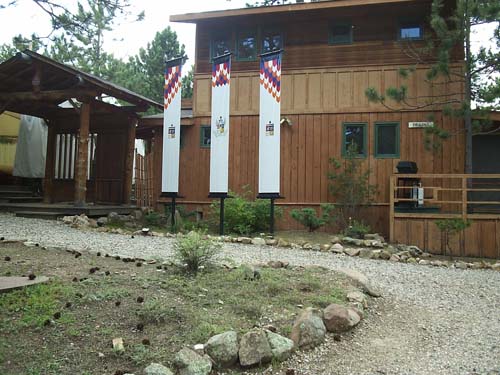
Prajna, once the residence of Chögyam Trungpa Rinpoche and later, Sakyong Mipham Rinpoche, burned down on April 7. 2009
(The original house, which was remodeled several times, was built by Emur (Terry Kemp) and Deidre McCormick (Stubbert). Read about the fire at Prajna
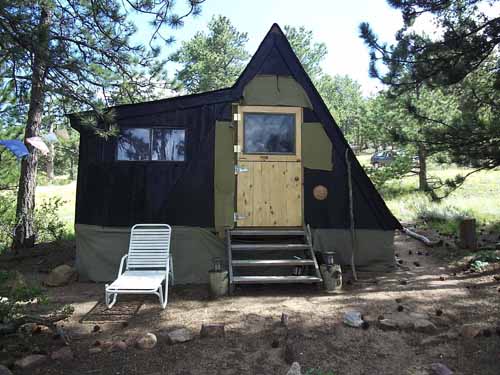
Ashoka
Originally located in the area that is now the lagoon,
moved to its current location in 1985 during preparations
for the first seminary on the land.
(Built by Brian Malone & Esther Seibold in l971)
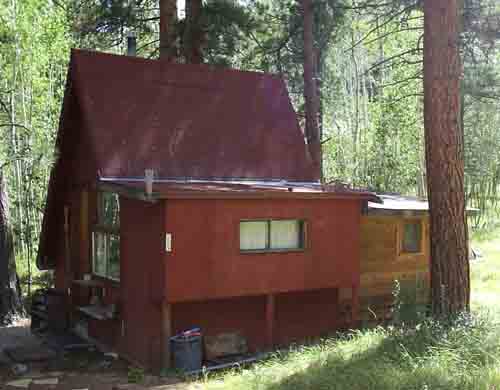
Jonathan’s a-frame
(built by Jonathan Eric)
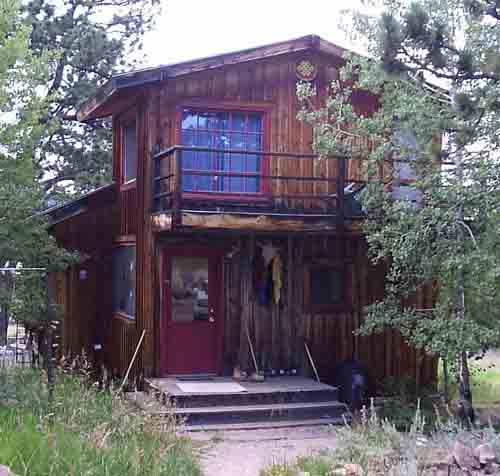
Dhyana
(Built by Herbert Wickenheiser for Bob & Abbey Halpern)












